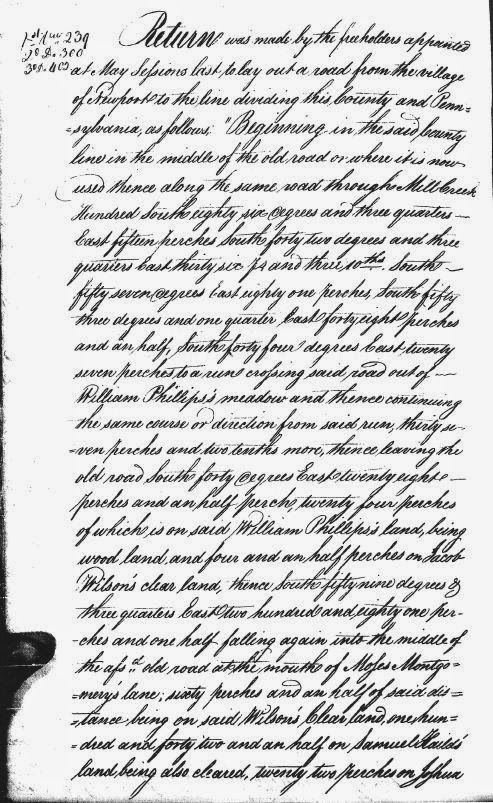 I'm excited to announce here for the first time a new series of history-related events that I'm
I'm excited to announce here for the first time a new series of history-related events that I'mpersonally really looking forward to -- The Red Clay Valley History Talk Series. The series is the brainchild of (among others) Tom Gears, who was looking for a way to promote and to educate people about the history of the area, especially the Red Clay Valley. After some intense negotiations (ok, I don't know how intense it was, but it does make it sound more dramatic, doesn't it?), the series of lectures was set up for three nights over the winter -- January 5, February 2, and March 2.
The talks will be held on Monday nights, beginning at 7:00 PM, at the new Wilmington & Western headquarters on Railroad Avenue in Marshallton. The subject of the first talk will be the New Castle County Workhouse at Greenbank, presented by Tom Gears, Raymond Harrington, and William Salerno. It should be a fascinating talk about a piece of history that I know many people still remember (only from the outside, I'm sure). Here is the "official" press release about the series:
A new series of talks focusing on the history of the Red Clay Valley will kick off on January 5, 2015. The talks will take place in the conference room at the Wilmington & Western Railroad headquarters, 1601 Railroad Ave., Wilmington, DE 19808. Thomas Gears, Raymond Harrington, and William Salerno will present the first talk, the New Castle County Workhouse at Greenbank at 7pm on January 5th. Next will be a talk on Mt. Cuba given by Elizabeth Fite from the Mt. Cuba Center on February 2nd. Scott Palmer, local historian and blogger who writes the popular Mill Creek Hundred Blog will present the History of Wooddale as the final talk on March 2nd. The series is an educational and community outreach project of Historic Red Clay Valley Inc.Oh yeah, did I forget to mention that I'll be doing the final talk? Here's a link to the Facebook page set up for the series. I'll be putting up short reminder posts before each presentation, but feel free to check it out in the mean time. Hope to see you there!









































